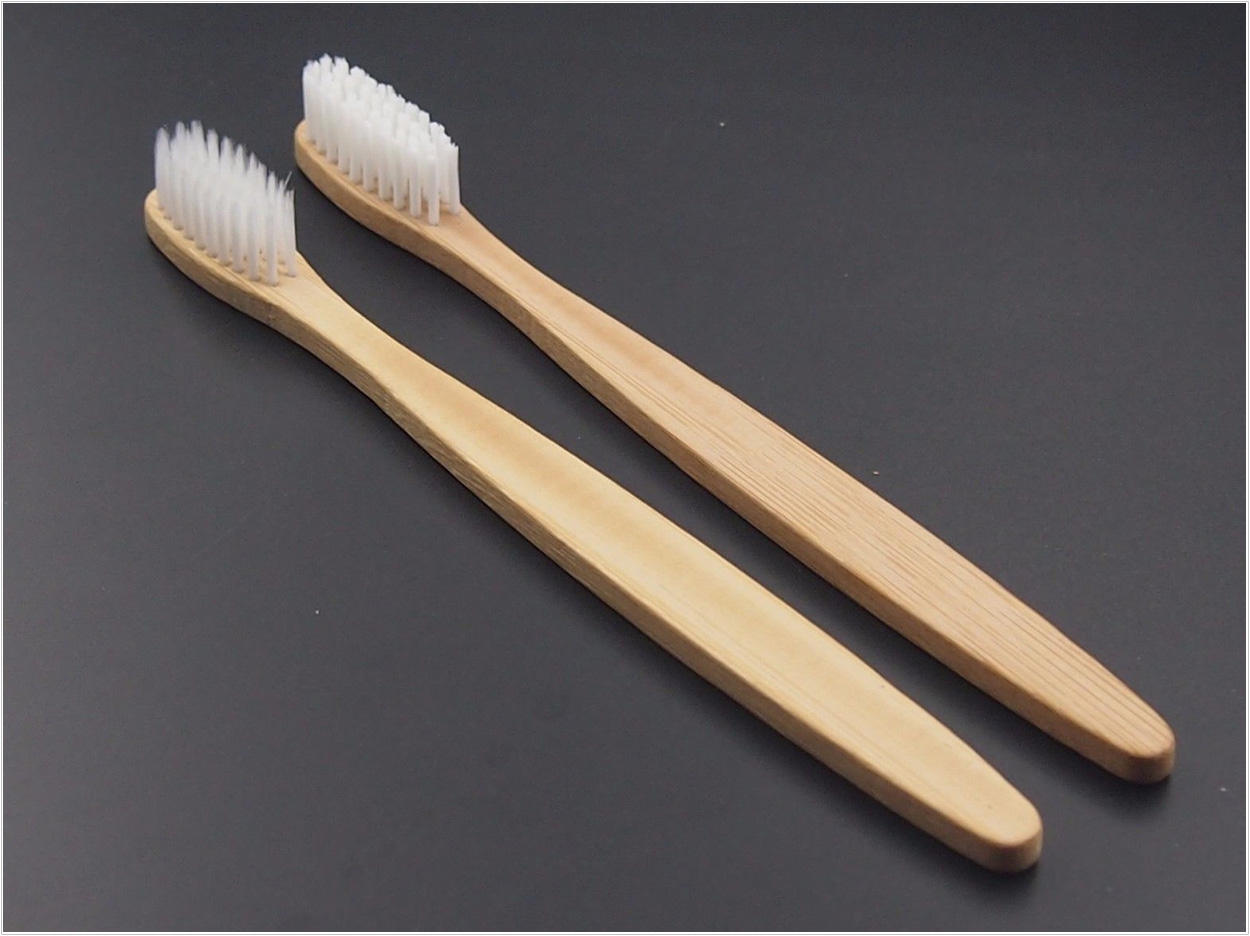
Bamboo toothbrushes aren’t the most sustainable option for oral hygiene, according to researchers at Trinity College Dublin and the Eastman Dental Institute at University College London, but a hypothetical continued recycled plastic toothbrush would be. Their study is the first to perform a lifecycle assessment (LCA) to measure the environmental consequences of a healthcare product.
Also known as cradle-to-grave analyses, LCAs consider the environmental impacts assessed from raw material extraction and processing (which would be the “cradle”) and the product’s manufacture, distribution, use, recycling, and final disposal (which would be the “grave”).
The researchers performed LCAs on four different types of toothbrushes: a plastic manual toothbrush, a bamboo manual toothbrush, a plastic manual toothbrush with a replaceable head, and an electric toothbrush. The also considered the toothbrushes’ manufacturing models, their carbon footprints, and the human health impact of each toothbrush.
According to the researchers, the electric toothbrush was comparatively harmful to both the planet and to the people involved in its manufacturing and distribution processes. It causes 10 hours of disability measured in Disability-Adjusted Life years, mainly for the people associated with making and producing it, which is five times more than a normal plastic brush.
Also, the plastic manual replaceable head toothbrush and the bamboo manual toothbrush perform better than traditional plastic manual and electric toothbrushes in every environmental impact outcome measure. However, a hypothetical continued recycled plastic toothbrush was the most environmentally sustainable toothbrush.
“Bamboo toothbrushes are not the answer,” said Dr. Brett Duane, associate professor in public dental health at Trinity College and lead researcher. “Using them just stops land from being put to better use such as helping biodiversity or in growing forests to offset carbon emissions.”
Also, he said, “the ideal toothbrush is one which uses plastic which is recycled in a continuous process. Plastic brushes which can be recycled don’t take up a lot of land, and they don’t need lots of water to grow. We need a system where plastic toothbrushes can be collected like batteries and then recycled into new products.”
The researchers said their study could be used to inform individual consumer choice, oral health recommendations, procurement of toothbrushes for public health programs, and toothbrush manufacturers. Using LCA to inform healthcare policies and recommendations also will help healthcare providers move toward a more environmentally sustainable system, the researchers said.
“Manufacturers, consumers, health professionals, and health policy makers should consider environmental sustainability as well as money and people’s health when recommending products,” said Duane. “Governments and industry should consider how they could support recycling programs. More funding is also required to support sustainability research in this area.”
The study, “Combining Evidence-Based Healthcare With Environmental Sustainability: Using the Toothbrush as a Model,” was published by the British Dental Journal.
Related Articles
Campaign Donates Bamboo Toothbrushes to Kids in Need
Toothbrush Targets People With Special Needs












